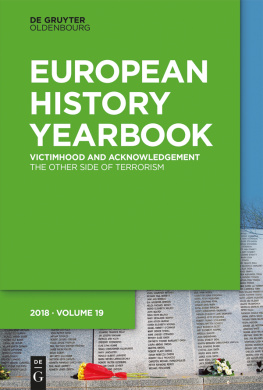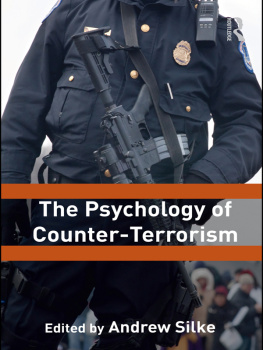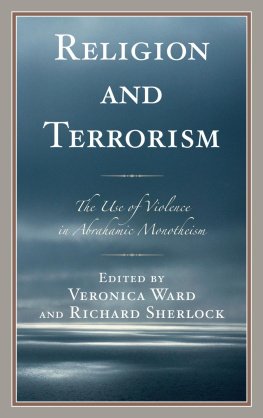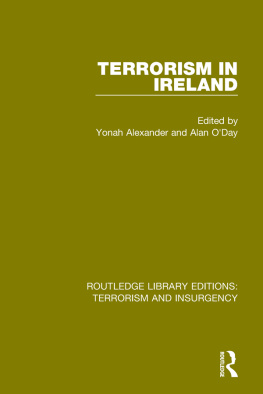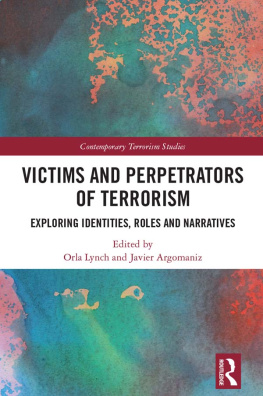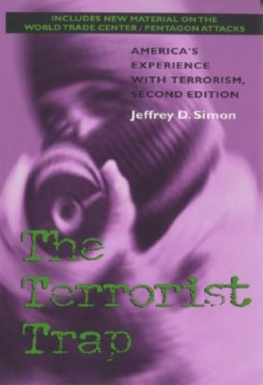Contents
Guide

Victimhood and Acknowledgment
European History Yearbook

Edited by Johannes Paulmann in cooperation with Markus Friedrich and Nick Stargardt
Volume 19

Edited by Johannes Paulmann in cooperation with Markus Friedrich and Nick Stargardt
Founding Editor: Heinz Duchhardt
ISBN 978-3-11-057844-7
e-ISBN (PDF) 978-3-11-058150-8
e-ISBN (EPUB) 978-3-11-057920-8
ISSN 16166485

This work is licensed under the Creative Commons Attribution-NonCommercial NoDerivatives4.0 License. For details go to http://creativecommons.org/licenses/by-nc-nd/4.0/.
Library of Congress Control Number: 2018958741
Bibliographic information published by the Deutsche Nationalbibliothek
The Deutsche Nationalbibliothek lists this publication in the Deutsche Nationalbibliografie; detailed bibliographic data are available on the Internet at http://dnb.dnb.de.
2018 Walter de Gruyter GmbH, Berlin/Boston
Cover image: Lockerbie disaster memorial (Lockerbie cemetery), StaraBlazkova
www.degruyter.com
Petra Terhoeven
Victimhood and Acknowledgement: The Other Side of Terrorism
In the summer of 2016 the New York Times recorded the results of a remarkable project.
It is doubtless no coincidence that the article on The Human Toll of Terror appeared in the most prominent print medium of enlightened, left-leaning liberalism in the United States. The politically alert classes in the global West which had increasingly become a target for the world-wide operations of Islamist terrorism needed some reassurances about their value system and its universal scope. This is what this article stands for: It calls upon the concept of global humanity for journalists and readers alike, which is highlighted all the more clearly by the blind brutality of terrorism. Empathy with the victims as well as the bereaved serves as proof of the humanity of the living.
In the history of terrorism this is something of a novelty. Most of the time, the victims of terrorism have stayed strangely in the background in public perception as well as in scholarly debates.
Obviously, it is still normal to follow social reflexes of in- and exclusion when the degree and importance of the suffering endured by victims of terrorism and their families are concerned, even though, as argued in the NYT article, all victims of terrorism should at least in theory have an equal right to moral acknowledgement according to the standards of globalized humanity. But as Klaus Weinhauer pointed out already in 2004, victims of terrorism are far from simply self-evident they are being made.
It is this need to come to a conclusive explanation of terrorist acts, ultimately even with the help of the perpetrators themselves, which unites not only Emcke with the families of NSU victims.
The aim of the 2018 European History Yearbook is to critically reflect on the above-mentioned historical and discursive transformations of terrorism and to integrate the causes and consequences of the new focus on victimhood into the discussion. The figure of the victim will have to be reconstructed within the
Peter Waldmanns terminology has increasingly become the standard definition in terrorism studies, particularly in historiography. According to Waldmann, terrorism should be understood as a violent communication strategy directed at a political system by underground groups.
The Troubles may be a special case but even in cases with less clear-cut dividing lines rival narratives of victimhood is typical of terrorism since the use of violence is usually dressed up as a response to previous or ongoing violence by the opposite side, thereby reversing the roles of perpetrator and victim. The strategy of active self-victimization is equally typical for terrorist groups which hope to confer a higher status on their actions by putting their own lives on the line against the Leviathan of the state. This is not just true for suicide attacks, by now the almost normal form of attack. Martyrs are made in confrontation with the police, in hunger strikes, and in attempted assassinations, and they are usually remembered as heroes in sympathetic milieus and invoked to help close the ranks within the terrorist group itself.
Clearly, the concept of trauma is of recent origin and couched in very modern scientific terms, whereas the concept of victimhood carries almost archaic connotations which lend themselves to epic narratives and can never fully shed the signs of their religious origins. When designating yourself or another person as a
In almost all countries afflicted with terrorism, the character of the numerous victims first-person accounts whether autobiographies or interviews suggests that a purely instrumental approach is inappropriate, for example with regard to particular forms of victimization encountered or recorded at different times. While a variety of political and economic factors do come into play, the frame of reference for public discourse on victimhood, however recently defined, still carries the intrinsic weight of religious traditions, themes and motives. This is true even when legal or criminological issues are concerned, or when material claims are upheld against the state, which is often charged with having failed to protect its citizens and therefore pressed by victims relatives to pursue investigations or even fully prosecute the perpetrators.
But it would be wrong to assume that differences in victims readiness and ability to speak about their experience can be solely ascribed to subjective factors. Rather, numerous reports have shown that it is of utmost importance whether an audience is ready to listen and to respond sympathetically to what the victims have to say. This finding is borne out most clearly in the case of Holocaust survivors. In many ways, their singular experience and its aftermath in the ensuing legal, scientific, psychological and political wrangling prefigures the way in which todays victims of violence may articulate their suffering.
In short, the visibility or invisibility of victims as terrorism sufferers should be regarded as the result of a complex interaction between different actors and social subsystems in the plurality of public spheres in modern societies. families in respected print media, this new sensitivity tends to be undercut by social media. We see an exponential increase in both the direct and indirect potential threat of terrorist messages when most dramatic pictures of violence can be published without going through the more serious filters of established media. In any case, the visual and media representation of violence and its physical and emotional effects, often directed at different audiences, should play a central role in each of the historical constellations under investigation.
But a broader question also needs to be asked: How does our view of the history of terrorism change if the focus is shifted to its victims? If we look at their suffering, their agency, their helplessness, the hierarchies among them, and how they are acknowledged and/or exploited by society and politics? If we consider their central role in the propaganda of terrorism and its emotional shock effect on the public? If we examine the role of survivors in the social process of resolving conflicts conducted by terrorist means? The yearbook contributions address these questions in five historical case studies involving different types of terrorism and a variety of political and social approaches to confronting it. The range of victim types and forms of victimization they endured are equally broad. In terms of methodology, the authors display different aspects of the new cultural history of politics: discourse analysis, praxeology, and approaches used in cultural memory studies and visual history.

